2000 Lamborghini Coatl (Eros 2000 / Diablo Coatl)
.png/v1/fill/w_320,h_320/file.jpg) Story Cars
Story Cars- Jan 3
- 2 min read

The Lamborghini Coatl, also known as the Eros 2000 or Diablo Coatl, was a unique project conceived during Chrysler's ownership of Lamborghini. In 1995, Lamborghini's name rights in South America were sold to Robert A. Braner and Michael J. Kimberly, leading to the creation of Automoviles Lamborghini Latinoamérica S.A., a company responsible for manufacturing Lamborghinis for the Latin American market. Among its many endeavors, the Coatl was a heavily modified version of the Diablo, designed specifically for the Latin American market, though it was ultimately shelved after Volkswagen acquired Lamborghini.
The Coatl featured a 6.3-liter V12 engine, delivering an impressive 635 horsepower, and could reach a top speed of 385 km/h (234 mph). It could accelerate from 0 to 100 km/h (61 mph) in just 3.54 seconds, thanks to a power boost and modifications to the chassis, including the use of Chromium Molybdenum steel. Designed by Mexican engineer Joan Fercí, the Coatl's body was constructed from carbon fiber and epoxy resin, with customization options available for customers, including bespoke interior designs and special paint finishes. Each car would be hand-finished, with the seat molded to the buyer’s body and the exterior paint mixed to their specifications, ensuring that no two Coatl cars would be the same.
The Coatl's design was distinctive, featuring dramatic air intakes, a sculpted chin spoiler, and unique rear styling with twin exhausts integrated into the rear bumper. The car’s headlights were covered, and it included a single air intake on the roof to cool the engine. Despite these bold design choices and the Coatl's remarkable performance, only one unit was built, and the project was ultimately abandoned after Lamborghini's change in ownership. The Lamborghini Coatl remains an intriguing "what-if" in the history of the brand, showcasing the company's willingness to experiment with design and performance, even if the car never reached full production.





































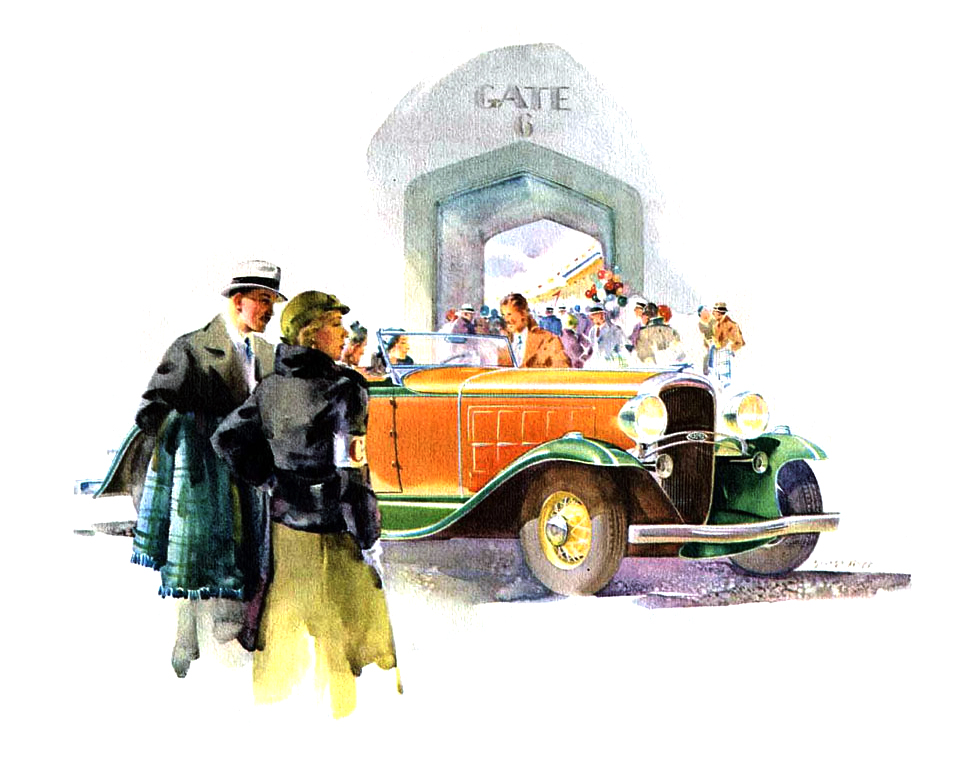
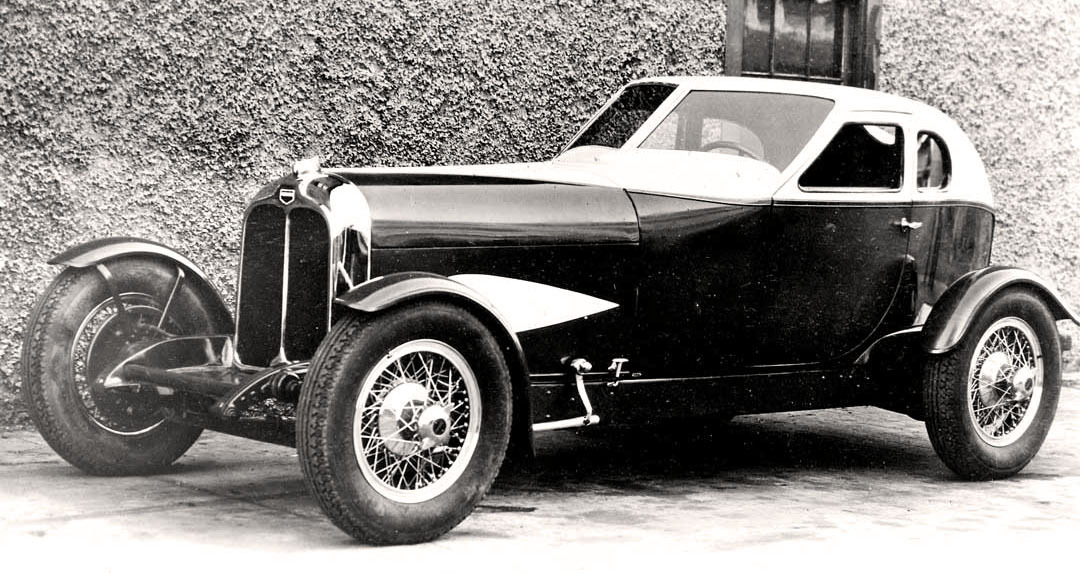
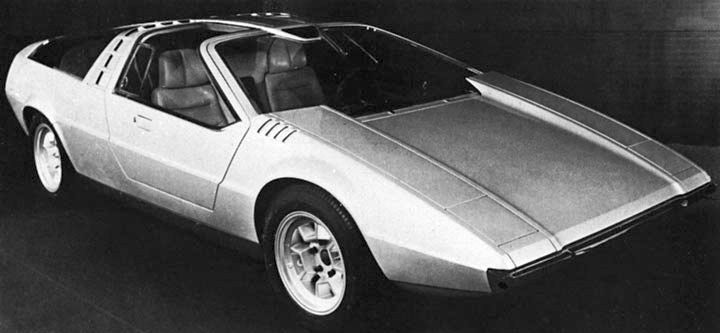






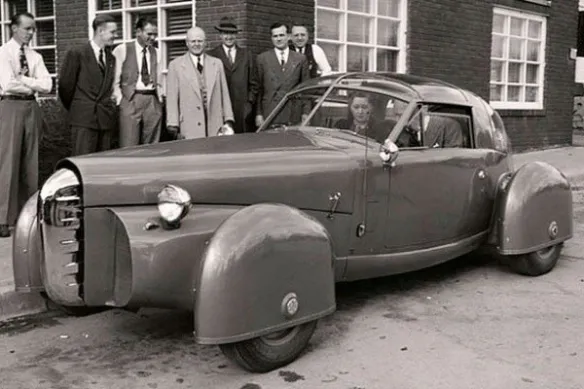



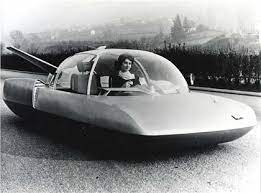

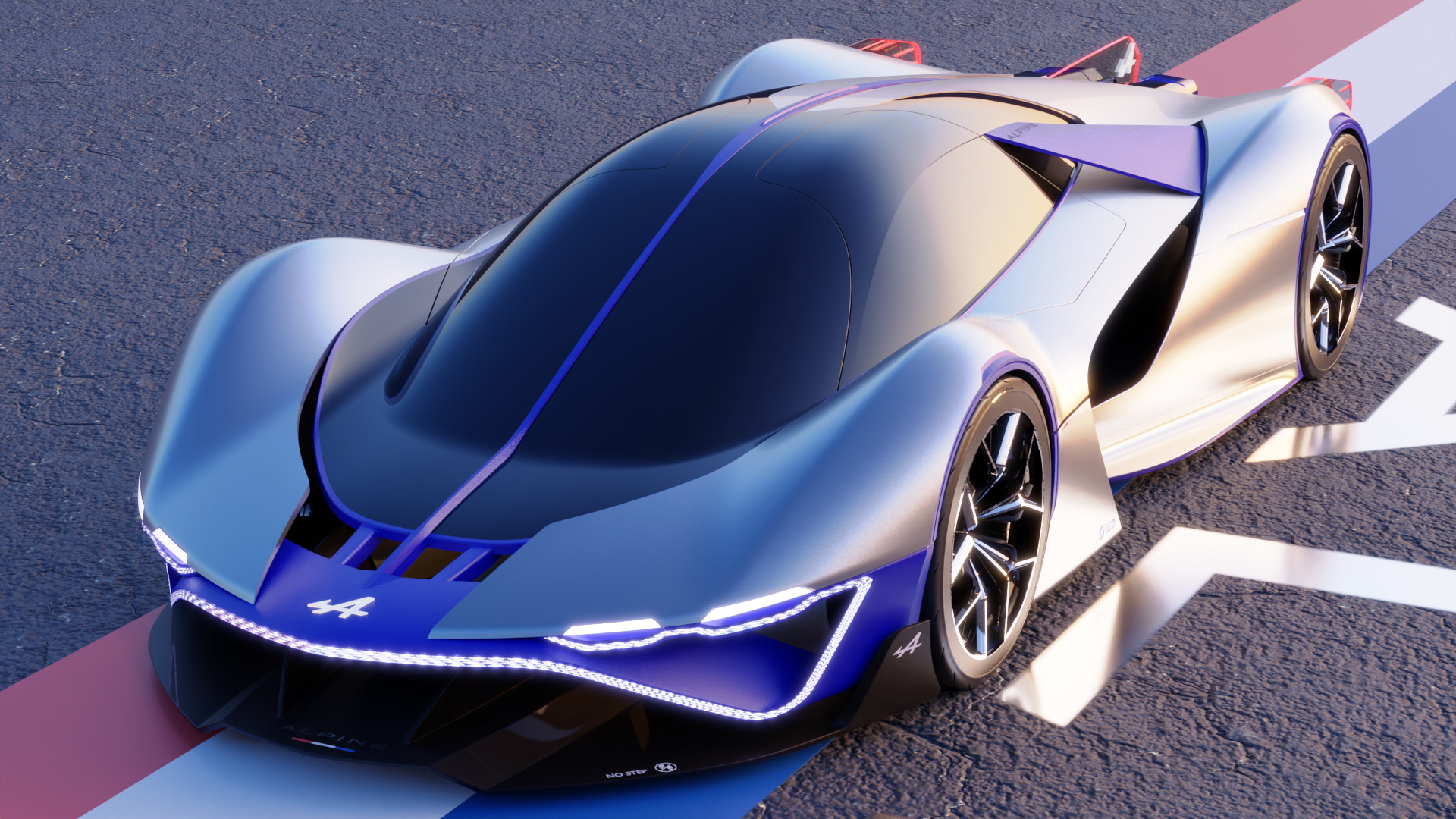
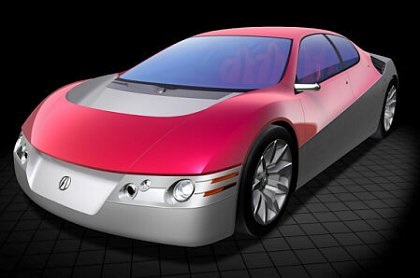

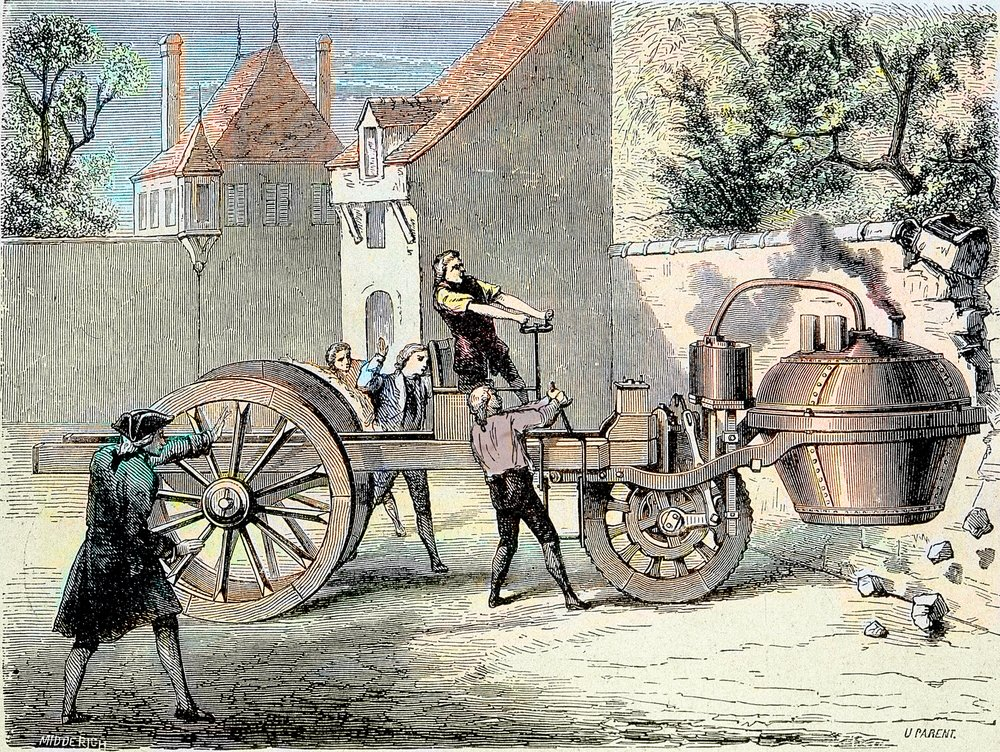
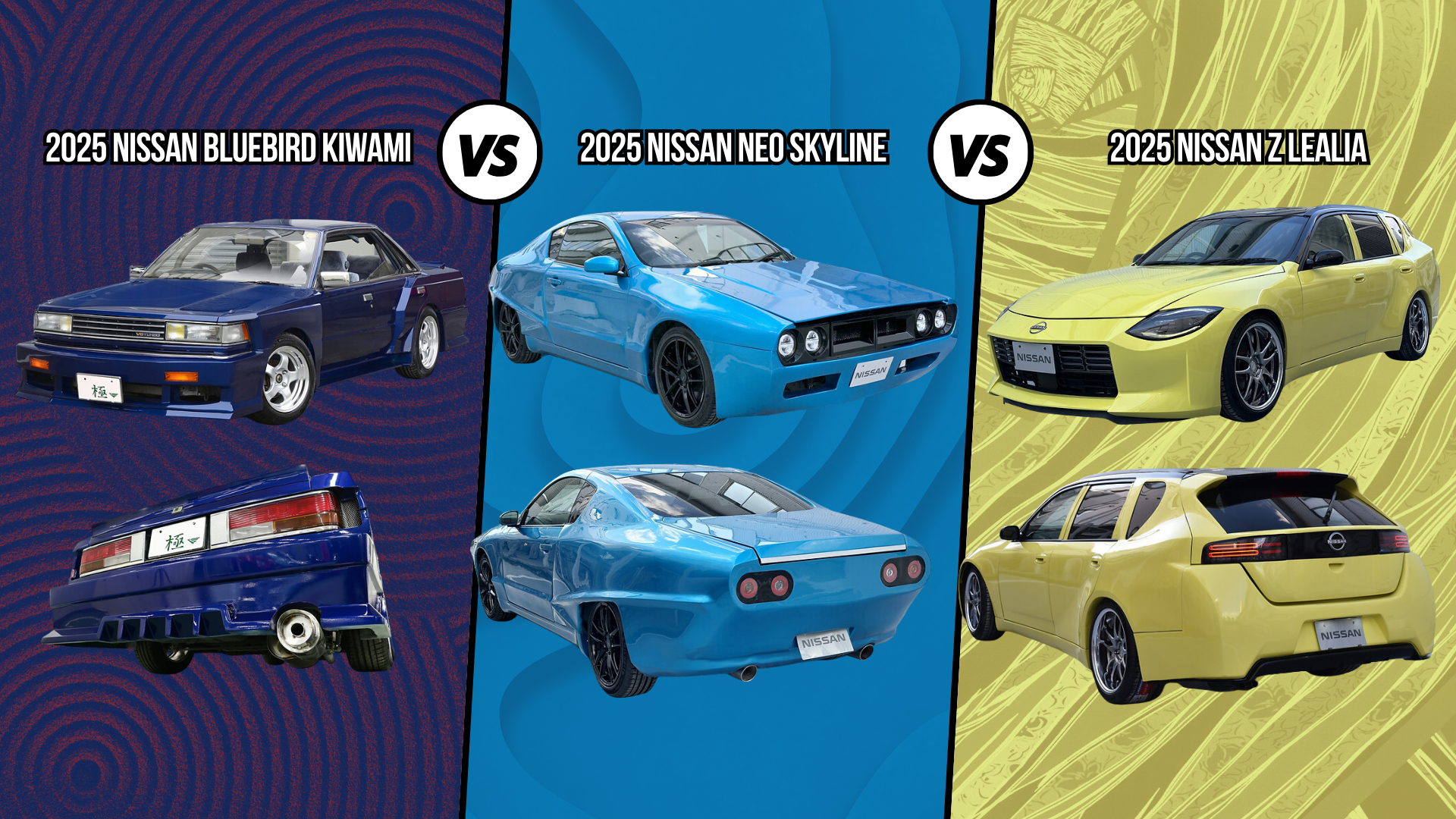

Comments